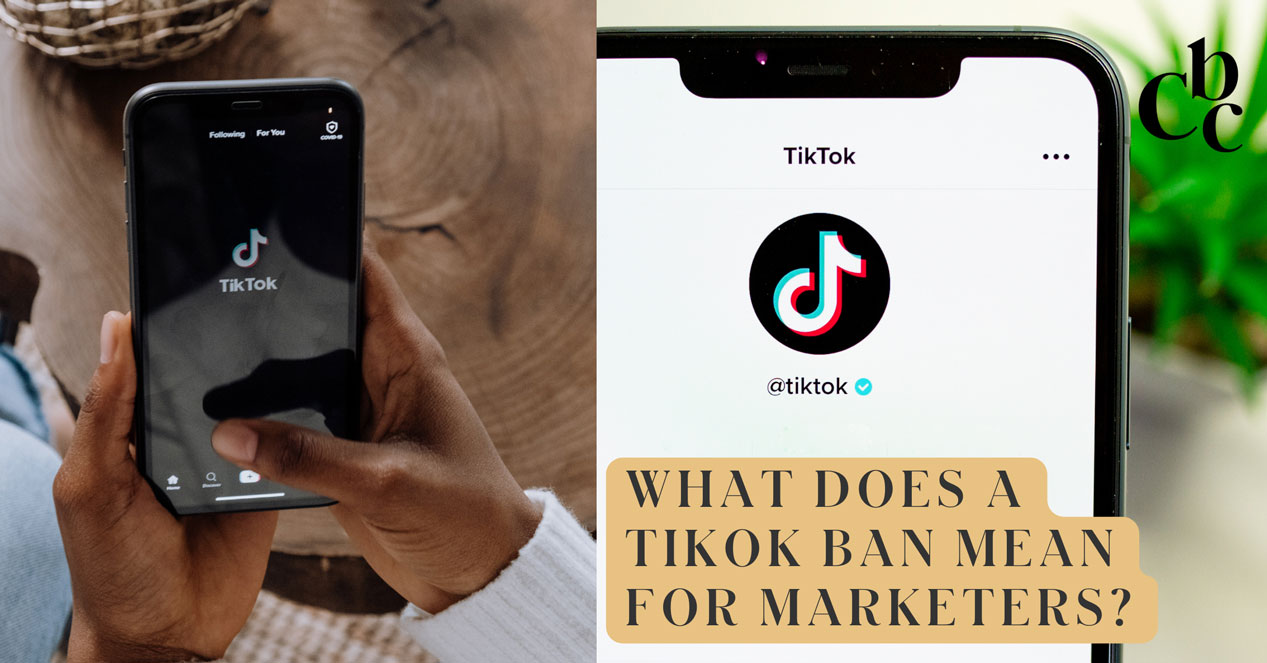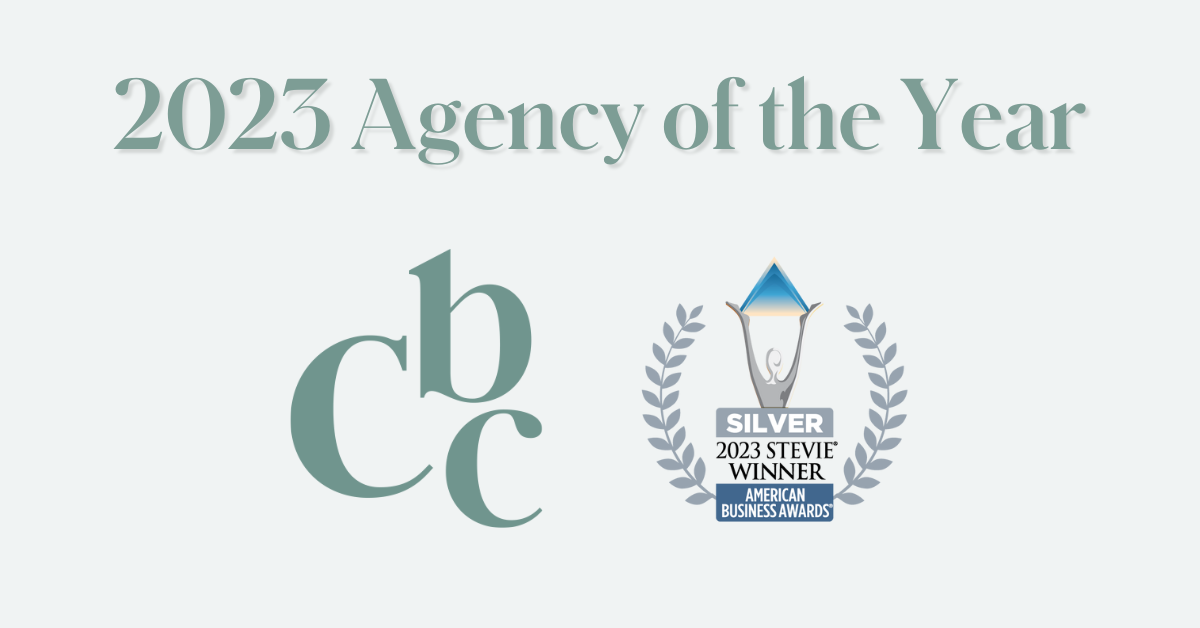Every marketer knows that with fall’s arrival comes one thing for certain: budgeting. While this year has seen no shortage of surprises, the need to re-evaluate your marketing and media relations spend still remains. Looking back at the last 12 months, can you clearly articulate and measure the success of your marketing and media plan – or even, your third-party vendor?
Since our agency’s inception, we’ve helped countless clients build a budget for the year ahead and ensure that every dollar spent contributes to both marketing and business objectives. It’s what we do as marketing and PR partners to our clients, and we’re here to help you too.
When considering whether to keep your current agency or find a new one this budget season, here are three things to consider to get the most out of your spend.
1. Did you get what you needed from your PR and marketing vendors?
There are a variety of reasons you may look to hire an outside agency or vendor to help you create and execute a marketing plan. For some, it’s a matter of scale; an external partner can bring more hands on deck to generate results you couldn’t achieve alone. For others, it’s a matter of expertise; an agency can expand your team’s knowledge and competencies.
Regardless of your reason for hiring a partner, it’s important that they’re delivering on your ask. In other words, are they getting you results? Furthermore, are they delivering results that matter to your organization?
Take a look back at the plan and goals outlined in the previous year. Were they met? Where did they fall short, and can they be improved this year? If your goals weren’t met, ask yourself “why?” Falling short of an ambitious goal is one thing, an agency that didn’t deliver on its promise is another.
A good marketing or PR partner should be able to articulate your plan’s success and shortcomings with great detail and data. They should be able to share their expertise to point your organization in the right direction when campaign goals fall off track.
It’s not always about perfection but it’s important to ask: is my partner helping me reach my goals? Are they putting my organization on track for success? Did we achieve greater results because of our partnership?
2. How can I get more for every dollar spent?
As your partnership continues, your organization and vendor should work together to identify how to get even more from your efforts (time and money).
Start by taking the “80/20 rule.” This rule utilizes the principle that 80% of your results are driven by 20% of your activities. Of the activities that drove the most results (whether that be in sales, social follows, leads, etc,) which tasks did your team perform and which did your partner complete? If your vendor’s activities don’t align with the tasks that drive results, it may be time to re-evaluate how you work together or how you measure success. Ideally, your partner should be prepared to demonstrate how their work impacted your success.
Before deciding on a budget and plan for the next year, have a meeting with your partner to review and discuss what happened over the course of the last year – good and bad. Remember: they should be an extension of your team. Collaborate and brainstorm ways you can improve your working relationship over the next year, or determine if another partner may be a better fit. You may be surprised to find that what might seem like larger issues can be solved with an honest and candid conversation. Some questions to ask yourself may include:
- How are our resources allocated? Is there a way we can optimize this allocation to minimize costs and improve (or yield similar) results?
- Am I making the best use of my partner’s time and expertise? Instead of having my partner focus on one activity, should they focus on helping us with another?
- How could my team better assist to ensure our partner can deliver on what they promise? Are there too many bottlenecks in the process? Do we need more resources internally to manage this partnership?
3. Are there other measures of success we’re overlooking?
Marketing and PR activities often generate a lot of intangible results or metrics that are hard to measure. Think of top of funnel activities like content writing, social media, and SEO optimization; these activities don’t often draw a straight line to sales but still have value.
Furthermore, are you capitalizing on the expert advice provided by your vendor? Perhaps your partner’s activity didn’t directly correlate to the bottom line, but by bringing in a team of PR experts with established media connections, you generated more PR results or saved more money than you would have by hiring and training an in-house publicist.
The value of these intangible concepts, such as brand awareness, social following, or enhanced media relations, may vary by organization, or even campaign. It’s important that everyone on your team, including those you report to, understand how these activities impact the overall marketing funnel and customer journey to ensure alignment on the goals of your partnership. For example, a media article may not look like “money” to your CFO, but if it helps a sales colleague start a conversation with a new prospect, there’s certainly value in that.
When building a budget, especially in these tumultuous times, clarity of your goals and resources is critical. These considerations are just a starting point to help your organization re-evaluate where to spend your time and money.
If you’re interested in discussing how a marketing or PR partner can generate tangible (and intangible) results for your organization in the next year, we’d be happy to chat – no strings attached.









